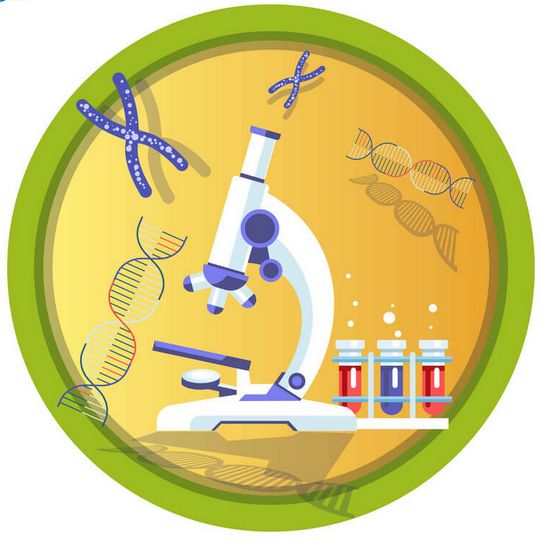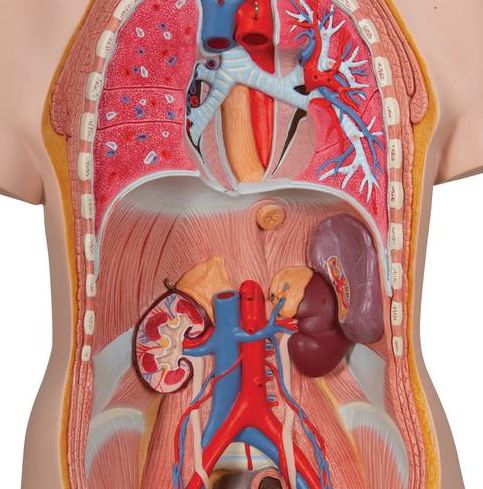قراءة لمدة 1 دقيقة Tetrachloroethylene

Tetrachloroethylene is a pleasant-smelling colourless liquid that is very widely used for dry-cleaning of clothes.
It is also known as perchloroethylene and perc for short.
It has the chemical formula and it is composed of carbon and twice the chlorine.
Structurally, tetrachloroethylene is ethylene with 4 chlorine atoms instead of hydrogens.
It is a liquid at 25 degrees Celsius, at standard atmosphere (a pressure).
Tetrachloroethylene was first made in 1839 in France but it did not gain popularity until the 1920s when it was used as a worm medication for humans and animals.
Tetrachloroethylene does not burn or explode, and it is not poisonous for humans.
History.
Tetrachloroethylene was discovered by the French chemist Henri Victor Regnault in 1839.
Regnault made it from hexachloroethane (a chlorinated derivative of ethane):
At first Regnault tried to make carbon tetrachloride and discovered that he made something different after boiling the substance.
The name "tetrachloroethylene" was first used by the English chemist William Odling in 1857.
Production.
Tetrachloroethylene is produced mostly by mixing and heating small hydrocarbons with chlorine.
Tetrachloroethylene is not the only product and there can be other chemicals in the resulted mixture.
Tetrachloroethylene is distilled and cleaned.
Oxidation of 1,1,2,2-Tetrachloroethane can give tetrachloroethylene:
Properties.
Perchloroethylene is a colourless liquid at room temperature.
It has a mild, sweet odour that most people can smell even in small amounts.
It is much heavier than water and it does not mix with water, because Perc is nonpolar while water is polar.
It can mix with many other solvents.
Perc boils at 121 degrees Celsius and freezes at –22 degrees Celsius.
Its molecule is very similar to ethylene but with chlorines instead of hydrogens in ethylene ().
"Perchloro-" in "perchloroethylene" means that the ethylene molecule is full of chlorines.
"Tetrachloro-" in its other name, "tetrachloroethylene", means that it is an ethylene with 4 chlorines without meaning that it's fully chlorinated.
Uses.
Perc (tetrachloroethylene) has been used in dry cleaning since the 1930s.
It was introduced as a safe alternative to carbon tetrachloride (extremely poisonous to the liver and kidneys) and flammable solvents like gasoline and kerosene.
Perc is still widely used in the world because of its effectiveness in cleaning and safety.
Years ago, dry cleaners used to throw away dirty perc after a few uses.
The modern dry cleaning machines have mechanism to distill (boiling and condensing again) the perc for re-use.
Perchloroethylene was previously used as a parasite medication for animals and humans that are suffering from intestine worms.
This property of perc was discovered by an American veterinary doctor named Maurice Hall in 1925.
Perc was used as a medication until more effective medications were discovered.
In the 1960s, a group of American astrophysicist decided to look into a nuclear mechanism of the Sun, so they designed an experiment that used perc.
This experiment is known as the Homestake experiment
Dangers.
Perc is not poisonous for humans but people who inhale it for a long time can become unconscious, inhalation of lower amounts may have dissociative and hallucinogenic effects.
Drinking tetrachloroethylene can cause nausea and dizziness.
Perc's ability to remove oils is very strong and can hurt the skin.
Despite its widespread use, poisonings and deaths are very rare.
It is not flammable or explosive, but it can be converted into phosgene (a very deadly gas) if it is thrown into a fire.
Cancer.
Although tetrachloroethylene is suspected to be a human carcinogen, there is no convincing evidence to support this.
According to IARC, there is no evidence that tetrachloroethylene is responsible for the cancer cases in dry cleaners, as most of the dry cleaners with cancer diagnoses were smokers and drinkers, and many other chemicals besides tetrachloroethylene are used in dry cleaning.
Tetrachloroethylene is known not to cause tumour formation in humans.
It also does not trigger uncontrolled DNA synthesis in animal cells, which plays a major role in cancer formation.
A study published in 1999, which examined cancer cases among aircraft workers in the United States over a 36-year period, found no difference in cancer rates among those who worked with tetrachloroethylene compared to those who had not used tetrachloroethylene.
No significant increase was found in the incidence of suspected lymphoma, leukemia, or liver cancer.
A study published in Sweden in 2011, which investigated cancer rates among dry cleaners exposed to tetrachloroethylene for many years and laundry workers who did wet cleaning without using this chemical, based on a total of more than nine thousand people, found that there was no difference in the probability of cancer between the two groups:
there was no significant increase in the incidence of esophageal, cervical, liver, kidney and bladder cancers, which are suspected to be caused by tetrachloroethylene, between the two groups.













































